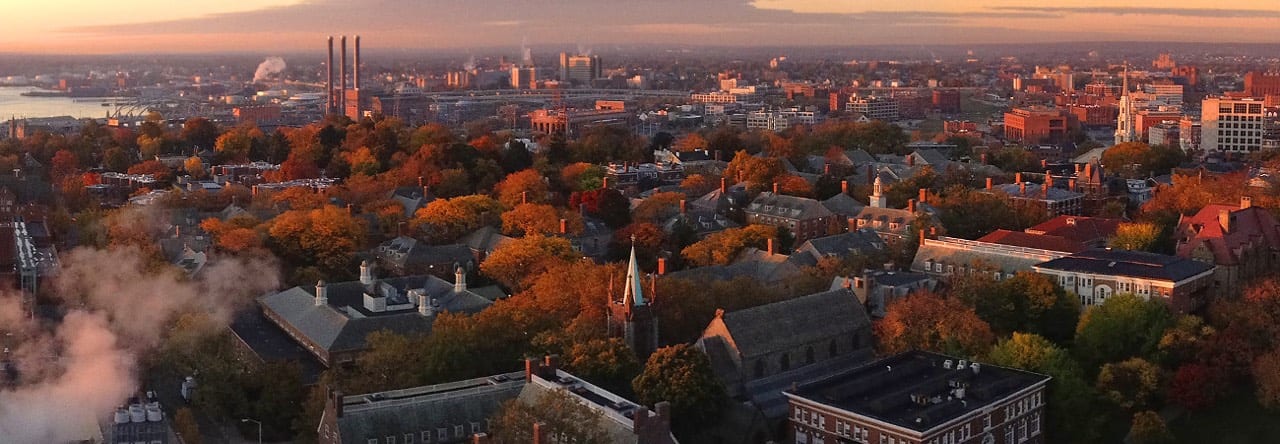Our in-class time this week was spent on a fascinating fieldtrip just across the street to the John Hay Library. Recently renovated and re-opened, they Hay not only boasts stunning new workspace and reading rooms for students, but it also houses the university’s archives and special collections.
The students are hard at work on their first project for the semester. They have all selected buildings on campus, and are using the extensive archives at their disposal to research the history and lives of these buildings. When and how did they come to be constructed? What existed before they were built? How many different functions have the buildings had, and have they had changing roles within the Brown community? These are questions we ask about any structure we might excavate, but they are just as important for those that are still standing. Some of Brown’s oldest buildings have led particularly diverse lives, and their histories are recorded in everything from receipts for building materials to poetry written by the students who lived and studied in them. The archives hold a number of other materials as well–published books, personal and administrative letters, purchase and construction records, issues of Brown Alumni Monthly and student publications, scrapbooks, newspaper clippings, maps, blueprints, elevations of buildings–the list goes on. Fair warning, however–we quickly discovered that once you start poring over some of these, it’s hard to cut yourself off!
As Brown’s campus has expanded over its 250 year history, many buildings have come and gone. A number of these can still be appreciated in the archives today, not just for their beauty, but also for their historical and architectural value. Unfortunately, no hint of their presence remains to be seen on campus, and our whole group was surprised to see what had come and gone, even in the last 50 years. We encourage everyone to take advantage of the wonderful resources available at the Hay–appointments to see materials must be made by request, but the staff are both extremely knowledgeable and more than happy to help.
Details about the Hay, including a list of their collections, is available here
For further history and a guide to special collections, click here
(Photo courtesy of Brown University http://library.brown.edu/about/hay/Hay-768px.jpg)






